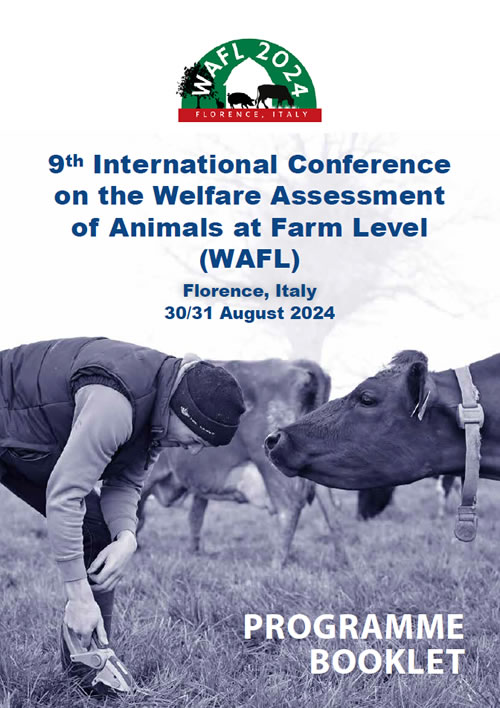Optimising animal welfare assessment by combining indicators

Florence, Italy – Working together with MatPrat, Animalia, NMBU and Chronos Sustainability, Dr. Jon Day presented groundbreaking research at the 9th International Conference on the Welfare Assessment of Animals at Farm Level (WAFL). His presentation, "Identifying Optimal Combinations of Welfare Indicators," showcased a data-driven approach to optimise welfare monitoring across diverse animal production systems.
The Importance of meaningful metrics
Effective animal welfare monitoring depends on the use of simple, meaningful, and repeatable metrics. In response to this need, MatPrat commissioned Chronos Sustainability to develop a comprehensive database for Norwegian production systems, compiling 389 welfare indicators across species including dairy cows, pigs, poultry, and sheep. Drawing on evidence from EFSA and other scientific sources, the database links each indicator to welfare hazards and consequences, creating a powerful foundation for analysis.
Optimising iceberg indicators
The project focuses on identifying "iceberg indicators"—a minimal set of key measures that reflect broader welfare conditions.
-
For broiler chickens, four indicators—lethargy, feather and body dirtiness, walking impairment, and either injurious pecking or plumage damage—could explain up to 18 welfare hazards and 9 consequences.
-
For laying hens, a core group of three indicators—plumage damage, injurious pecking, and mortality records—was sufficient to explain 14 hazards and 6 consequences.
This approach enables robust welfare assessments while significantly reducing complexity, making monitoring more practical and accessible.
Streamlining welfare monitoring
By operationalising the selection of indicators based on their associations with welfare consequences, Jon demonstrated that comprehensive welfare insights can be achieved by combining indicators. This has the potential to improve both on-farm welfare practices and supply chain transparency.
Future directions
Next steps will integrate considerations such as ease of measurement, cost-effectiveness, and mitigation potential, ensuring that the final framework is practical for farmers, veterinarians, and industry stakeholders alike.
Conclusion
Dr. Day’s work highlights a new way forward in animal welfare assessment, promoting the deployment of combined metrics that are efficient, science-based, and aligned with the goals of sustainable agriculture.
For more information on innovative welfare monitoring strategies, visit Cerebrus Associates.
